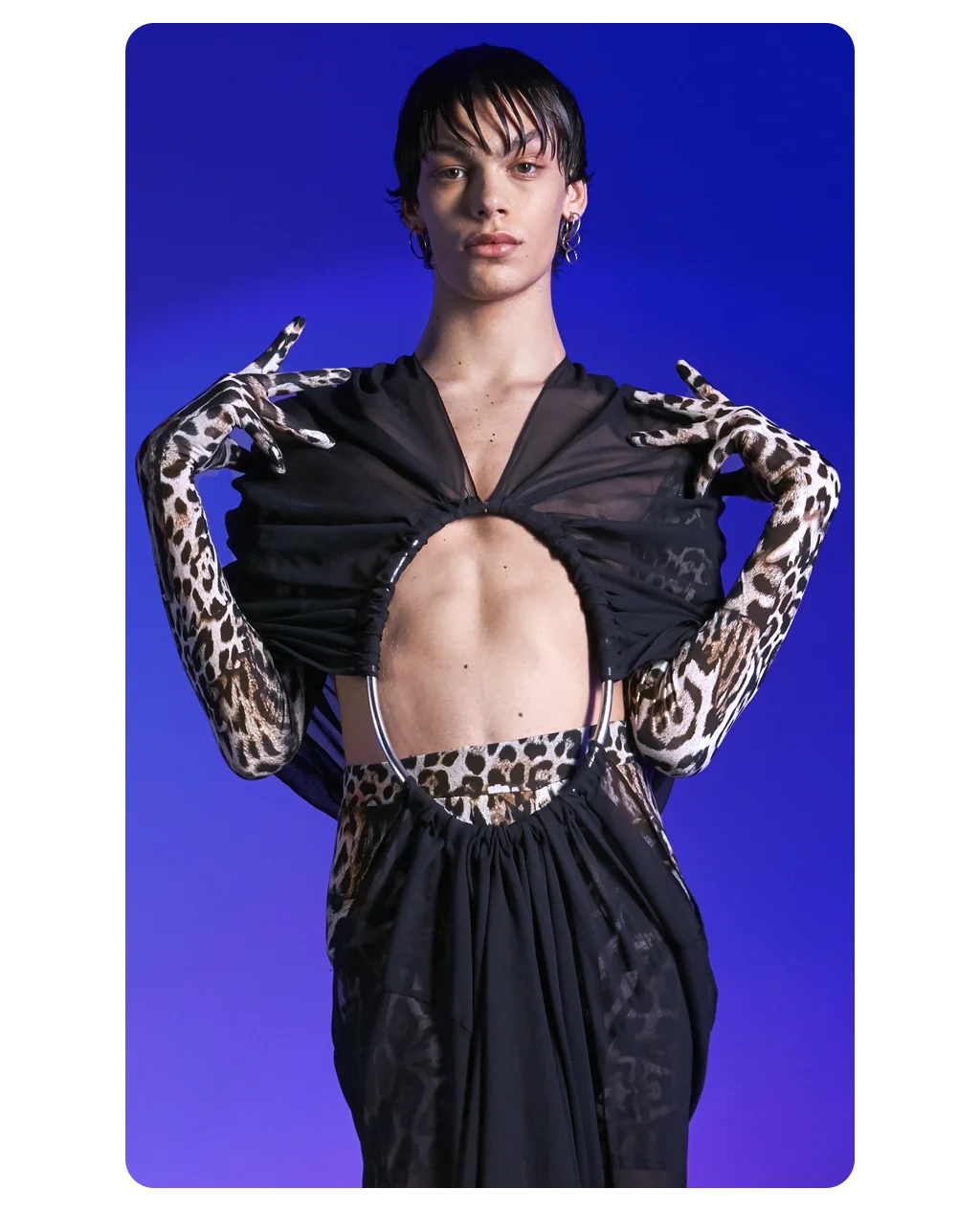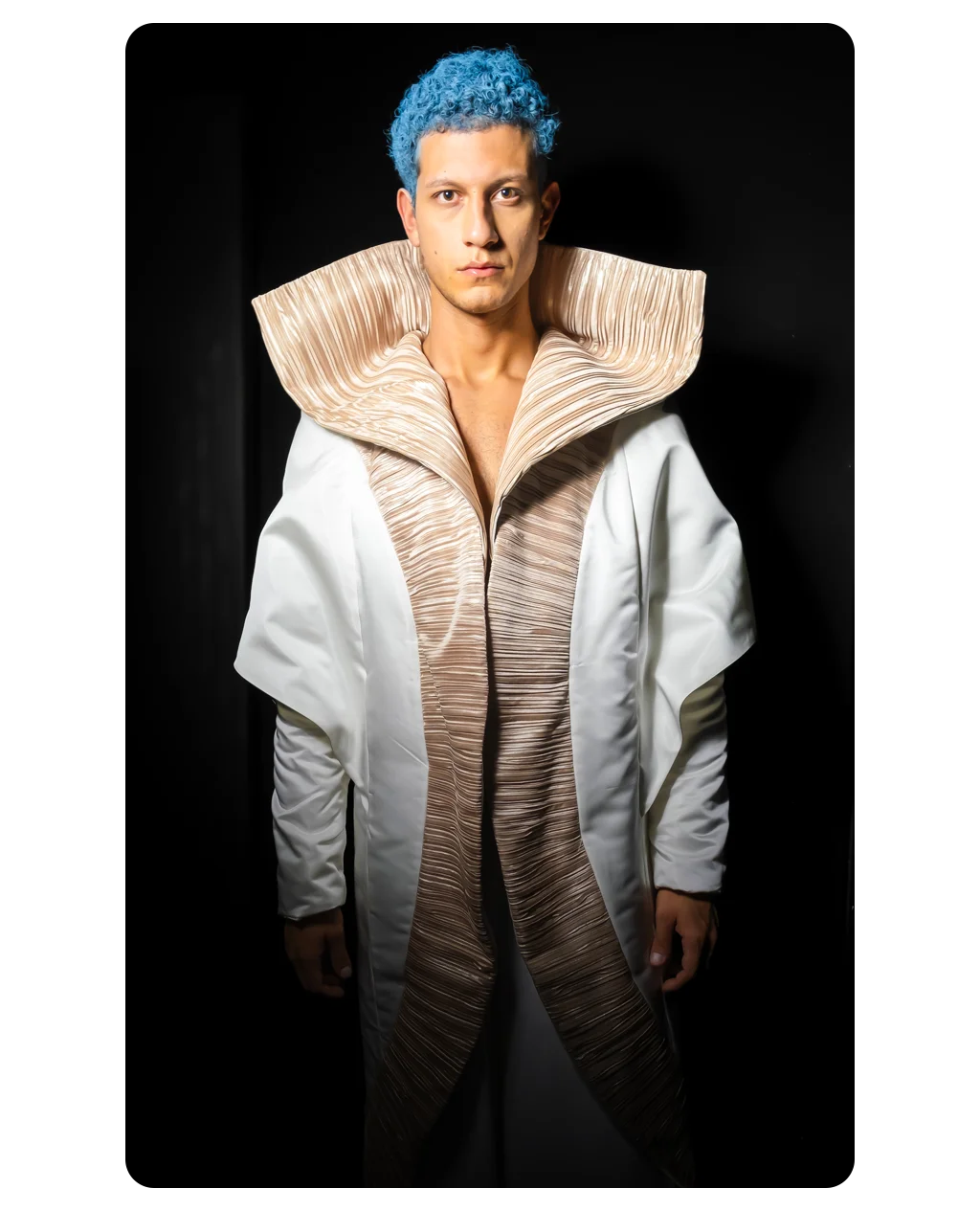INTENSIVE COURSE
Interior Design
Attendance
Duration
Language
Location
Start date
Enrolment
Class size
Tuition fees per Year
Non-EU citizens: €19.350
Objectives of the Intensive Interior Design
The Intensive Interior Design Course is designed for those interested in the world of designing spaces used by people. The programme combines theory and practice and is divided into several phases of study, ranging from design method to in-depth examination of construction techniques. An ongoing practical workshop lasts throughout the course and culminates in the completion of a full interior design project.
On this industry-focussed programme, participants will explore various different expressions of contemporary living. In order to do this, they will first acquire the design and management skills used in the creative process. They will then master the choice of production techniques and technologies and be able to present project ideas using advanced communication tools. Finally, they will acquire the knowledge to be able to create contemporary interior architecture that enhances the unique distinctive features of each space.
Participants will be supported in their creative development under the guidance of expert teachers who have a wealth of knowledge and experience within interior design. They will be encouraged in experimentation and innovation and will have access to a wide range of activities such as workshops, visits, seminars, networking opportunities and sector events.

Certificate
Certificate awarded by Accademia del Lusso upon successful completion of the course.
Entry Requirements
- Secondary school (high school) diploma or equivalent
- Suitable level of English
Please see How to apply for information on admissions procedures


Teaching Method
At Accademia del Lusso you will be taught by working professionals who have a wealth of knowledge and experience.
Our Intensive Courses are highly specialised and practice-based, designed for personal and professional growth and for developing a high level of professional skills that are in-demand in the job market.
Lectures are combined with workshops and project work both in and out of the school, and field trips to companies, events, trade fairs, and important industry locations will take place throughout the course.
Students will be assessed throughout the course and at the end will complete a full interior design project.
Classroom Lessons
Laboratory Practice
Interior Design - THEMATIC AREAS
The program of the Intensive Course in Interior & Retail Design is organized into thematic areas, with specific teachings divided according to well-defined design fields and practical workshops that are essential for applying and refining the acquired skills.
Interior Design
Methodology and practical design of an interior design project. Interior design: historical insights and contemporary living. 2D and 3D technical drawing, 3D modeling.
- Project culture and composition
- Historical insights and social aspects
- Contemporary living
- Meta-design phase
- Design phase
- Light design
- Furniture design
- Materials technology
- Materials and techniques for interior design projects
- 2D and 3D technical drawing
- Design laboratory
- In-depth program on 3D modeling
CAD and Rendering Techniques
Creation of 2D and 3D models. Rendering techniques, realism, and post-production. Strategic presentation of project materials.
- Software types: similarities, differences, specific uses
- Basic elements for creating 2D models
- What you need to know to optimize time and procedures for transitioning from 2D to 3D
- Creation of a realistic and effective rendering
- Advanced management of textures and lighting
- Post-production of a rendered image
- Layout of a series of design images and strategic presentation of materials
Project Communication
Visual communication of the project, creating a professional portfolio, digital strategy and personal branding, impactful presentations using fonts and graphic software. The importance of logos and the history of project communication, graphic image and layout of the project.
- Preparation of a portfolio and media usage
- Do's and don'ts of a portfolio
- Digital and online strategy / personal branding
- Creating a LinkedIn profile
- Personal repositioning
- Creating impactful presentations; what is a logo
- History of project communication from a graphic image perspective
- Graphic layout of the Interior Design project
- Fonts (serif and sans-serif)
- Graphic software
Materials and Trends
Innovative materials and trends, the latest news and trends in the field of interior design.
- Innovative materials for wall and floor coverings, the latest generation ceramic stoneware
- The bathroom project: sanitary ware and faucets
- Resin and micro cement floorings
- Special wall paints
- Fabrics for furniture; Innovative finishes for furniture covering
- Wallpapers
Retail Design
Fundamental concepts and the historical evolution of retail design. Brand communication tools and marketing principles for retail. Lighting and choice of illuminating bodies to emphasize the product.
- Introduction to Retail Design: basic concepts and historical evolution, from barter to shopping malls
- New technologies: from e-commerce to bidirectional information, the future of the retail space
- Principles of Retail Design: Brand, product, target, location, competitor, and concept
- Brand communication: Tools and examples
- Marketing principles in the context of Retail
- Retail for GDO (Large-Scale Retail) and small-scale distribution: brand and product communication
- Critical analysis and in-depth study of Retail Design projects
- The store design
- Creating the project brief and identifying strategies
- Identifying concepts and creating project mood boards and concept boards
- Materials for Retail projects
- Case study: luxury brand retail
- Lighting, choice of illuminating bodies, and lighting strategies to emphasize the product
Exhibit Design
Design of permanent and temporary exhibition spaces, research of materials and finishes, integration of additional services. The importance of collaboration between the designer, the service providers, and the final client.
- Temporary spaces, museum spaces, permanent spaces
- Introduction to different types of design for permanent and temporary spaces
- Brand analysis and briefing
- Analysis of existing and ongoing advertising interventions
- Briefing analysis and image/price relationship
- Materials and construction
- Research of materials and finishes
- Additional services, audiovisual services, and advertising messages
- Interaction between the designer, service providers, and the final client
Garden Design
Historical introduction and knowledge of the regulations governing the profession of a garden designer. Types of gardens and landscapes, the layout and the arrangement of elements. Decorations and design of accessory spaces. Garden plants and ornamental indoor plants, as well as decorative vegetable gardens.
- Introduction and historical overview
- The profession of a Garden Designer and knowledge of regulations
- Gardens and Landscapes, types
- The layout and arrangement of elements: paths, borders, parterres
- The design of accessory spaces and decorations: pool, gazebo, fountains, pergolas, sculptures, grottoes
- The design of the pool and its accompanying areas: pool house, technical rooms, accessory rooms
- Garden plants and species
- Indoor plants
- Decorative vegetable gardens

Laboratories and Experiences
Accademia del Lusso's laboratories are spaces designed for practical training, where students can acquire technical skills and experiment with specific materials and tools.
In addition, meetings, museum visits, library visits, and showroom visits are organized, as well as participation in key events in the fashion and luxury industry, such as fashion shows, events, and trade fairs, to witness the work of the greatest talents in the fashion business.
Finally, an important part of the Intensive Course's teaching focuses on project experiences with the business world in product, service, and communication areas. It also includes meetings and seminars with professionals from the fashion and luxury sectors to learn about and explore cutting-edge realities and new trends.
Classroom Lessons
External Visits
Seminars
Work Week and Workshops

Careers
The course enables participants to improve people’s quality of life through creating functional and enjoyable spaces, thanks to a broad knowledge of furnishing trends and styles, lighting techniques, materials, and finishes, as well an understanding of health and safety and accessibility regulations.
Work Internships
Our aim is to prepare students to enter the job market effectively and quickly. To this end, our placement service is constantly working to consolidate partnerships with the most prestigious fashion and interior design brands and businesses, the most original maisons, and the most innovative start-ups. We have built stable yet dynamic relationships that promote talent and our vision of sustainable innovation. Our Careers Office is in contact with some of the best companies and agencies: this allows 90% of students to find important internships or professional collaborations within 6/8 months from the end of their course.

Career Opportunities
What are some of the main career opportunities offered by the Intensive Course in Interior Design?-
01. Interior Designer - specialises in the conception and design of interiors, such as homes, offices, shops, and public spaces. The role of an interior designer is to create functional, aesthetically pleasing spaces that meet the needs and tastes of the client.
-
02. Consultant at design studios - supervises, plans, co-ordinates, and advises design studios and companies on interior design issues.
-
03. Exhibition Space Designer - designs and organises spaces for exhibitions, fairs, shows, and other cultural, commercial, or public events.
-
04. Retail Space Designer - works in retail spaces such as shops, shopping centres, and showrooms.